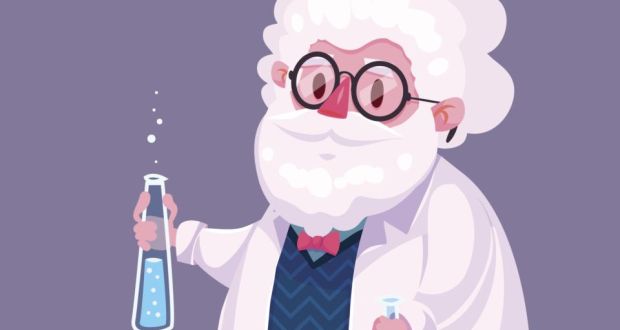University of Limerick

This study examines the impact of a Career Orientation Programme (COP) on young people’s perceptions of scientists. Research has shown that stereotypes of scientists, and more generally careers, start in early childhood. The authors argue that scientists are often unrealistically stereotyped by young people as elderly, glass-wearing men in lab coats with ‘crazy hair’. Such perceptions of scientists amongst young people can negatively influence students’ subject choice, third-level course preferences and ultimately their career path. The authors of this report selected a total of 45 students aged between 15-16 with little or no experience of science beyond what they experienced in school to take part in a week-long intervention. At the beginning and end of the intervention, students were asked to take part in a Draw a Scientist Test (DAST), where students were asked to draw a scientist at work and add a speech bubble showing what their scientist is doing or explaining. The weeklong COP involved five days of STEM-related workshops, workplace visits, career talks from scientists and discussion sessions. The 45 students undertook the COP in two separate groups in two different weeks, referred to as cycles. Students were asked to undertake the DAST again at the end of the project to examine whether their depiction of scientists had changed.
The results of the pre-DAST in the first cycle revealed that participants’ conceptions of scientists verged on stereotypical. Scientists were often depicted as males wearing glasses and a lab coat working alone in a laboratory. In the post-DAST, participants were more likely to draw female scientists undertaking tasks closer to the reality of every-day science work and experiments. Post-DAST drawings frequently depicted scientists performing similar activities to which the participants had undertaken themselves throughout the weeklong COP. Activities illustrated in the post-DAST and not in the pre-DAST included making contact lenses, testing horse DNA and building electrical circuits. While the programme did not successfully change participants’ perceptions across all criteria measured, certain aspects of their perceptions became more accurate and post DAST results reflected a broader set of scientific tasks.
